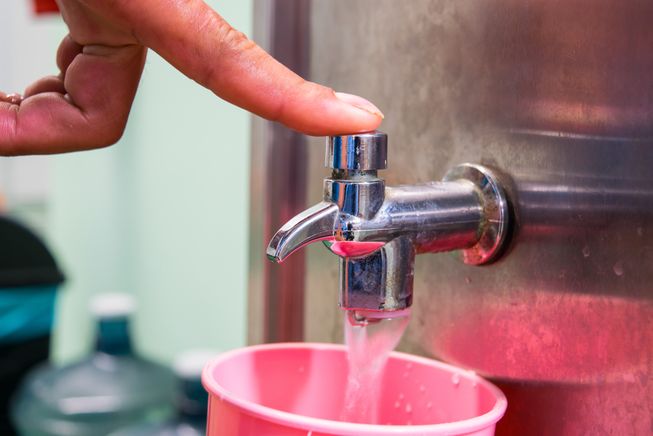If you are a swimmer, you will be familiar with the feeling of increasing pressure as you swim downwards. The overlying water is clearly exerting a pressure on you, and your nerve endings are sending out an alert. To calculate the load impinging on each square centimetre of your body we start off as we did in the calculation of potential energy by multiplying the depth of water by the acceleration due to gravity; however, this time we do not multiply by the mass of water but by its density, which will be actually mass per unit volume.
As we shall see, understanding pressure is key to describing the behaviour of moving water. Where water is static, pressure is key to understanding buoyancy, or why some objects float, others sink to the bottom of the water column, and still others end up suspended at some depth below the water surface. Buoyancy has been very simply defined by Archimedes in his famous principle which states that ‘any object wholly or partially submerged in a fluid is buoyed up by a force equal to the weight of the fluid displaced by the object’.
If we use the preceding formula to calculate pressure at some depth below the water surface, we will come up with a value which will actually be exerted equally in all directions. This means that the pressure on any surface of a submerged object is always exerted at right angles to that surface , whatever its orientation. If a submerged object is rather tall relative to the water depth, the pressure on the upper surface will be substantially less than that on its lower surface, and the object will come to rest at some equilibrium point in the water column determined by the density of the object.
This is the principle which is used in designing semi-submersible offshore platforms. These rest on submerged tanks that achieve neutral buoyancy in deep water without ever reaching the sea bed. The buoyancy can be fine-tuned by adjusting the amount of water in the tanks. These impressive structures are but modest mimics of the buoyancy strategies of many aquatic invertebrates, fish and sea mammals, which manipulate their densities by means of ingestion, expulsion and/ or compression of air and water.
In the case where the density of an object is less than that of water, it will not submerge at all but will float on the water surface. This happens naturally in the case of most types of wood though ebony and lignum vitae are denser and will sink. With enough patience, however, you could make a boat out of either of these dense woods that would still float. This is because only the outer shell of a boat is made of dense material, while the interior is filled with air: being far less dense than water, the structure as a whole can be made to float easily – unless it later fills with water, of course!
So, now when you are aware of the density of water, make sure that nothing foul smelling or bad particles are floating on your water and the water supply you are getting at your home is of good quality. Be a customer of Northumbrian Water and be relaxed about the quality of water supply in your home. For any further queries or issues, you can also contact them directly at Northumbrian Water Contact Number.

